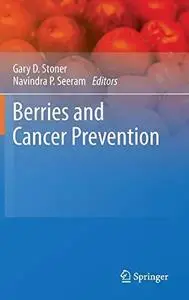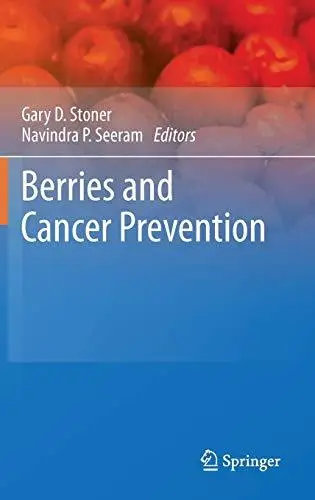Berries and cancer prevention By Pu Jing, M. Monica Giusti (auth.), Navindra P. Seeram, Gary D. Stoner (eds.)
2011 | 313 Pages | ISBN: 1441975535 | PDF | 3 MB
2011 | 313 Pages | ISBN: 1441975535 | PDF | 3 MB
Berries are popularly consumed worldwide as fresh, processed, and other derived forms. Research conducted over the last decade and a half has provided significant and convincing evidence to support the cancer preventive potential of these colorful fruits. Berries and their phytochemical constituents work through multiple mechanisms to reduce the malignant properties of cancer cells in laboratory studies. Further, diets of various berry formulations, including freeze dried berries, have been shown to prevent cancer in animals, and recent data indicate that they also exhibit cancer preventive effects in humans. Providing an unprecedented compilation of current information, this book, Berries and Cancer Prevention: 1) Describes the major groups of bioactive compounds in berries and their antioxidant potential 2) Describes the cancer inhibitory effects of berry extracts and individual components in vitro, and discusses their mechanisms of action on a cellular and molecular level 3) Discusses the cancer-inhibitory effects of berries and berry components on tumor development in animals 4) Discusses recent results on the cancer-inhibitory effects of berries and berry components in humans and describes their mechanisms of action; 5) Discusses the relative merits of the use of whole berries, freeze-dried berries, berry extracts and individual berry components for cancer prevention, particularly in humans. The editors anticipate that this book would be useful for researchers, academicians and trainees associated with departments of nutrition, dietetics, food science and technology, cancer biology, cancer prevention, public health, family medicine, osteopathy, dentistry, etc. It should also be useful for practitioners, dieticians, and others involved in daily patient health care. We also expect that individuals involved in various roles in the berry industry including berry production, product development, marketing and sales, would benefit from this book. The public has a strong interest in healthy foods and dietary interventions for cancer prevention, and we hope that many of those individuals will also find this book of great interest.



